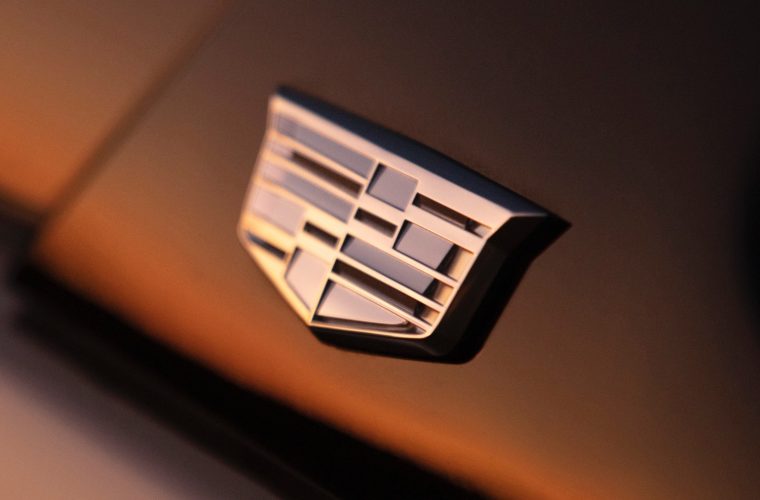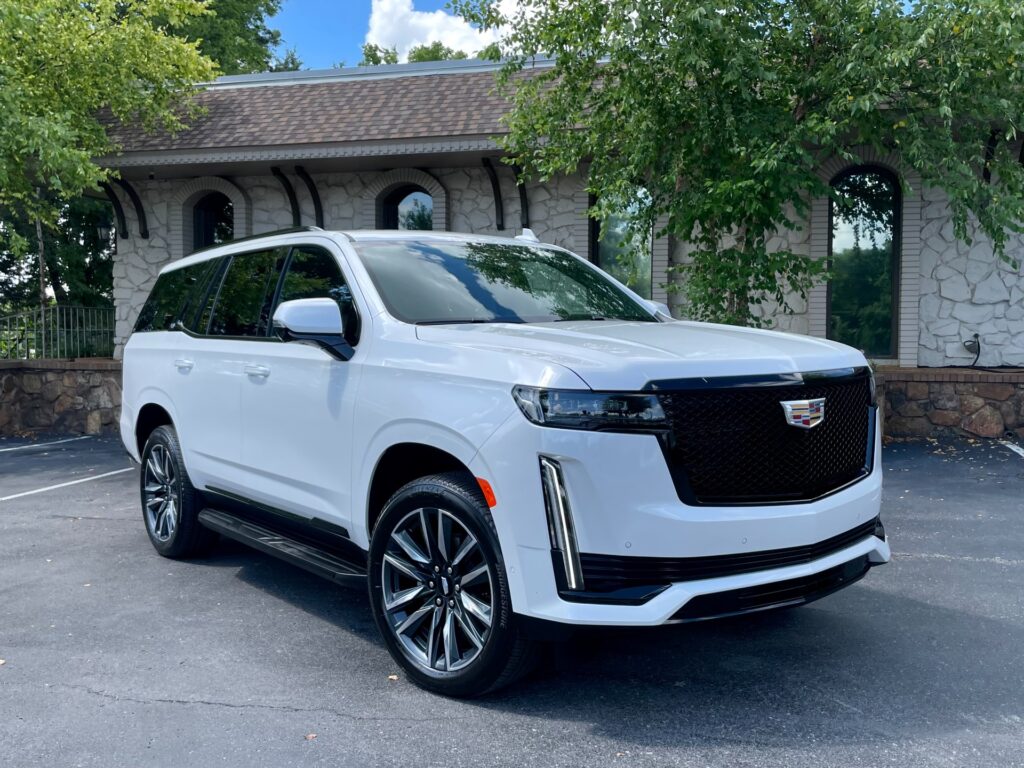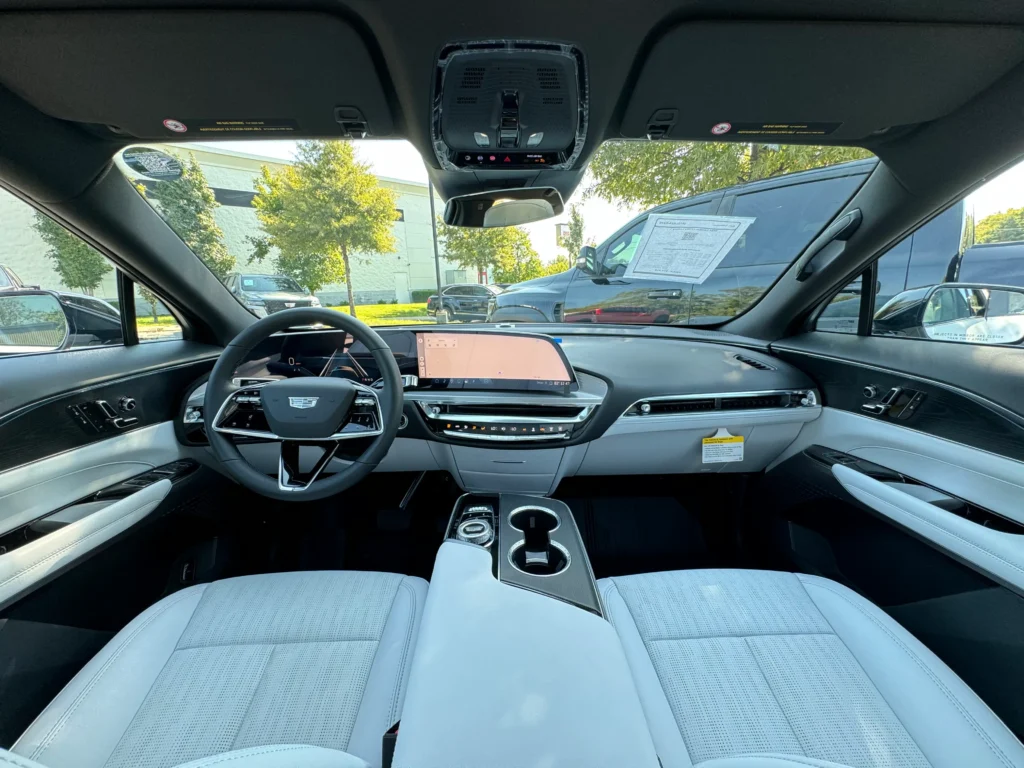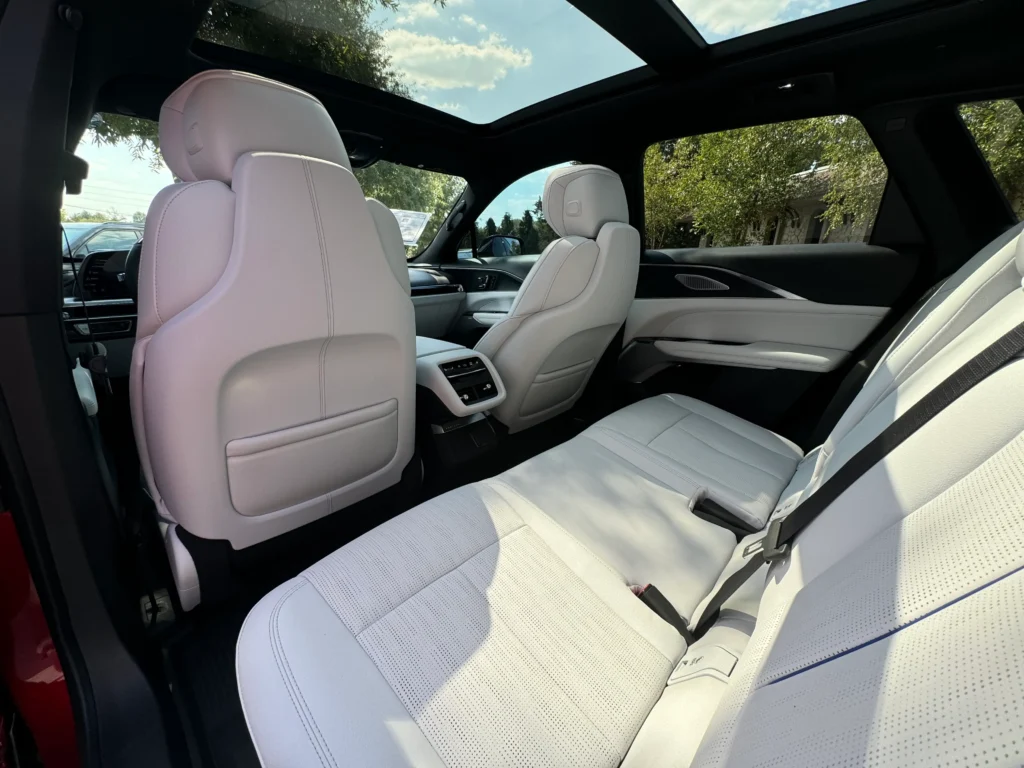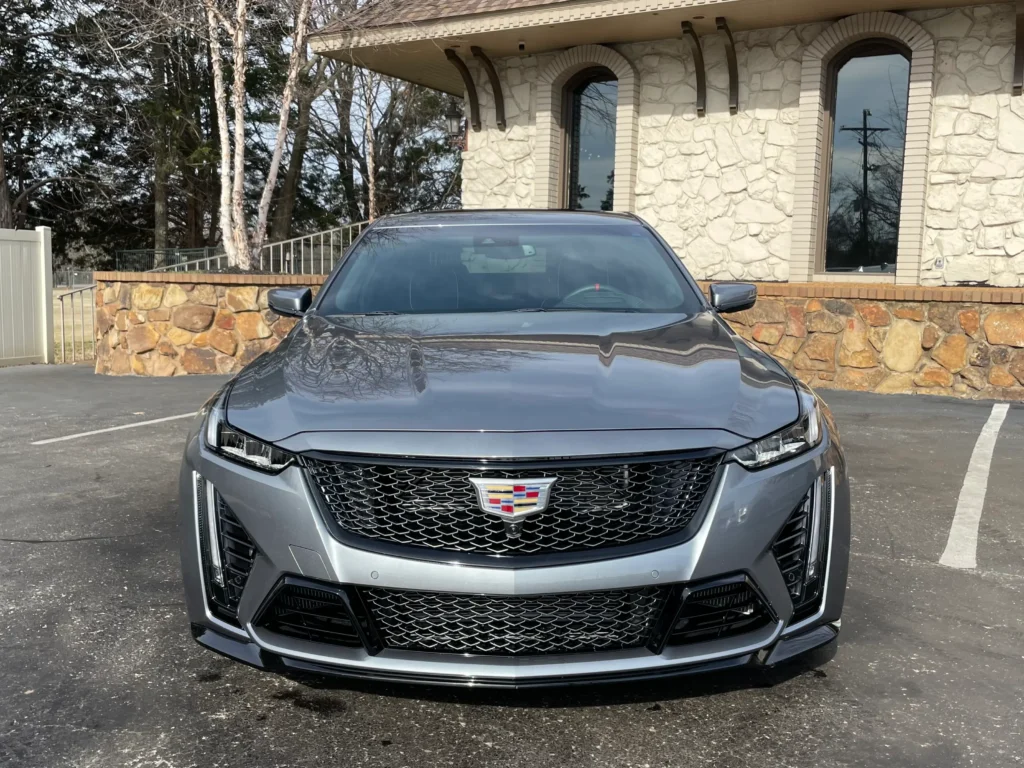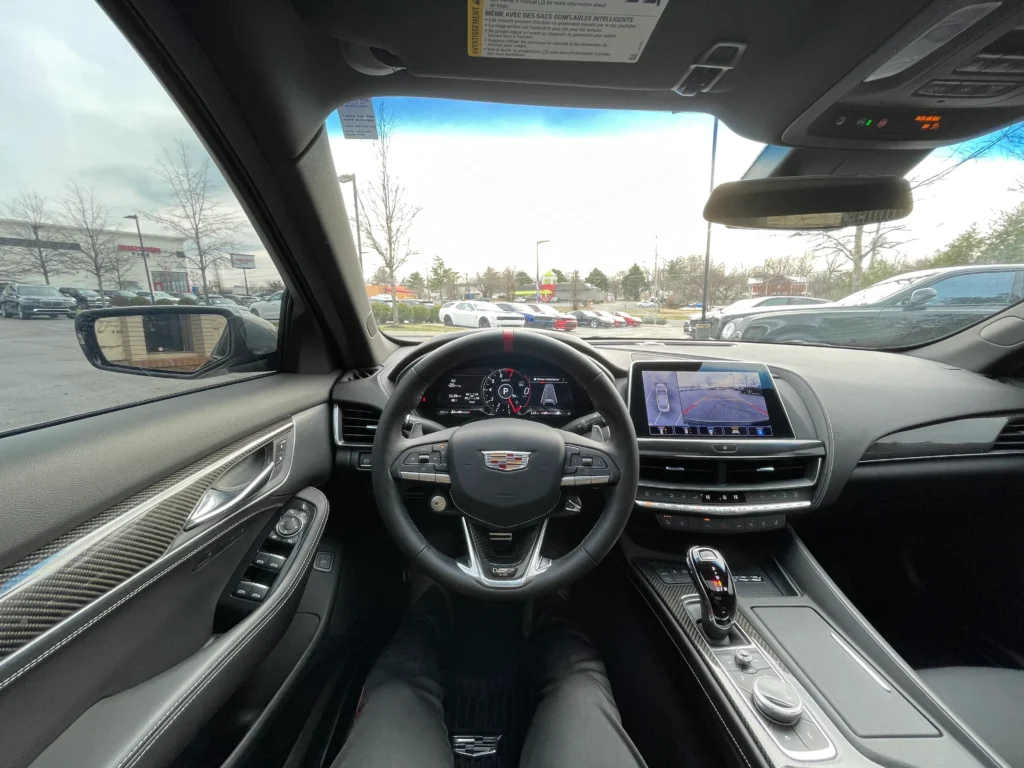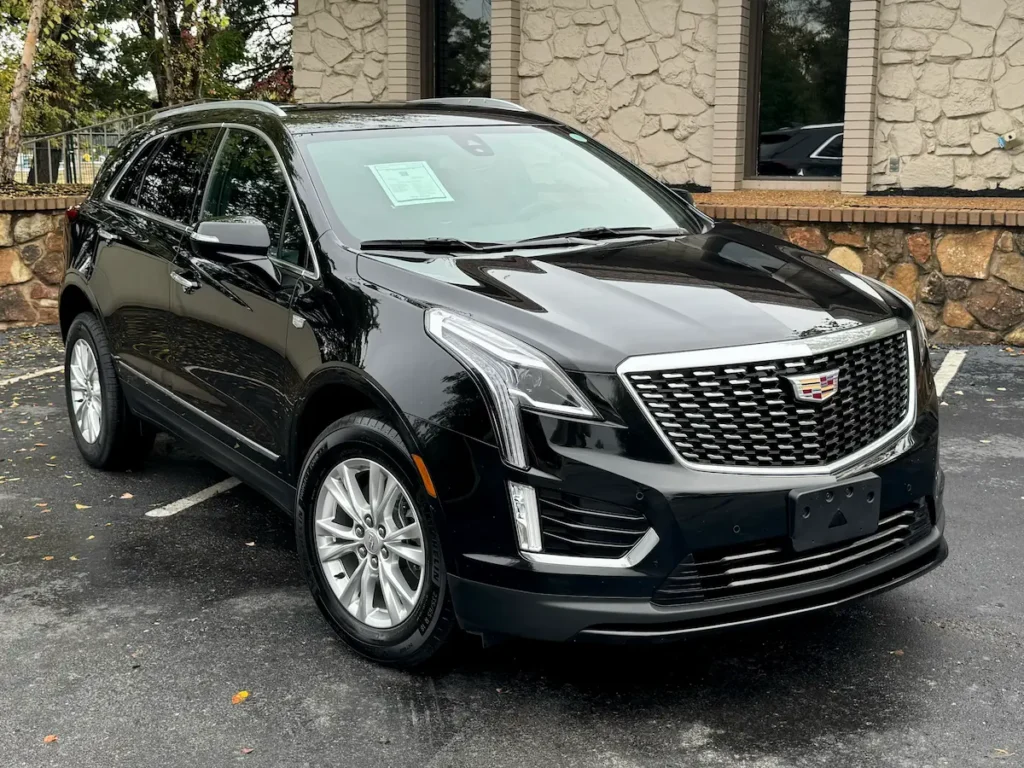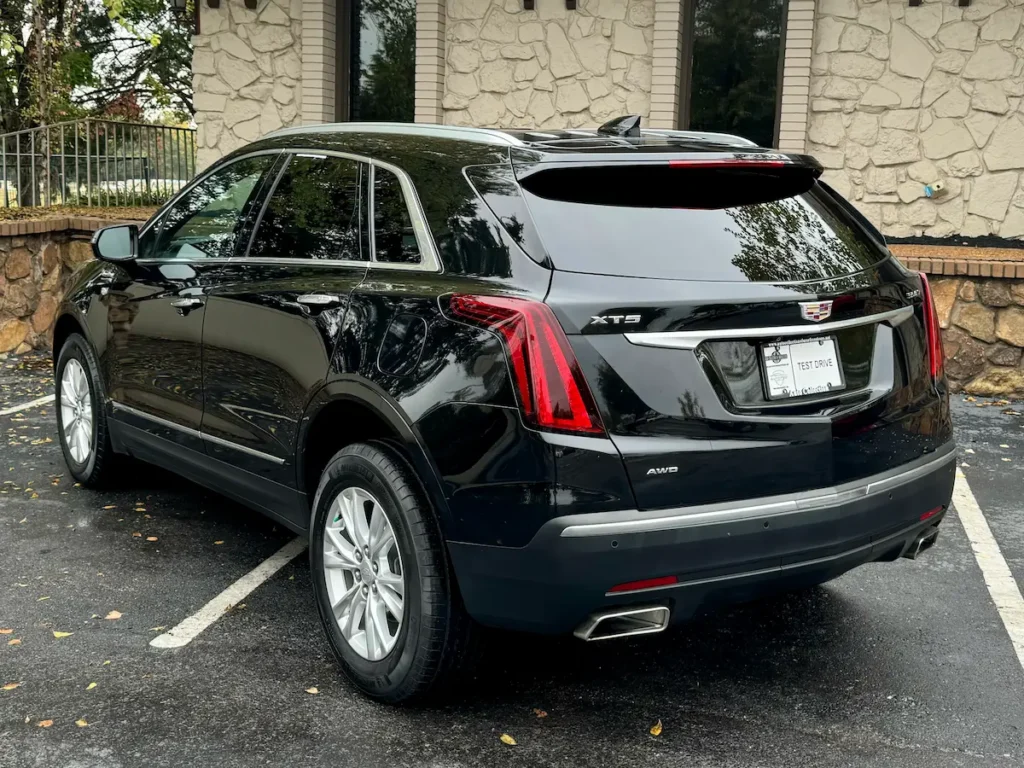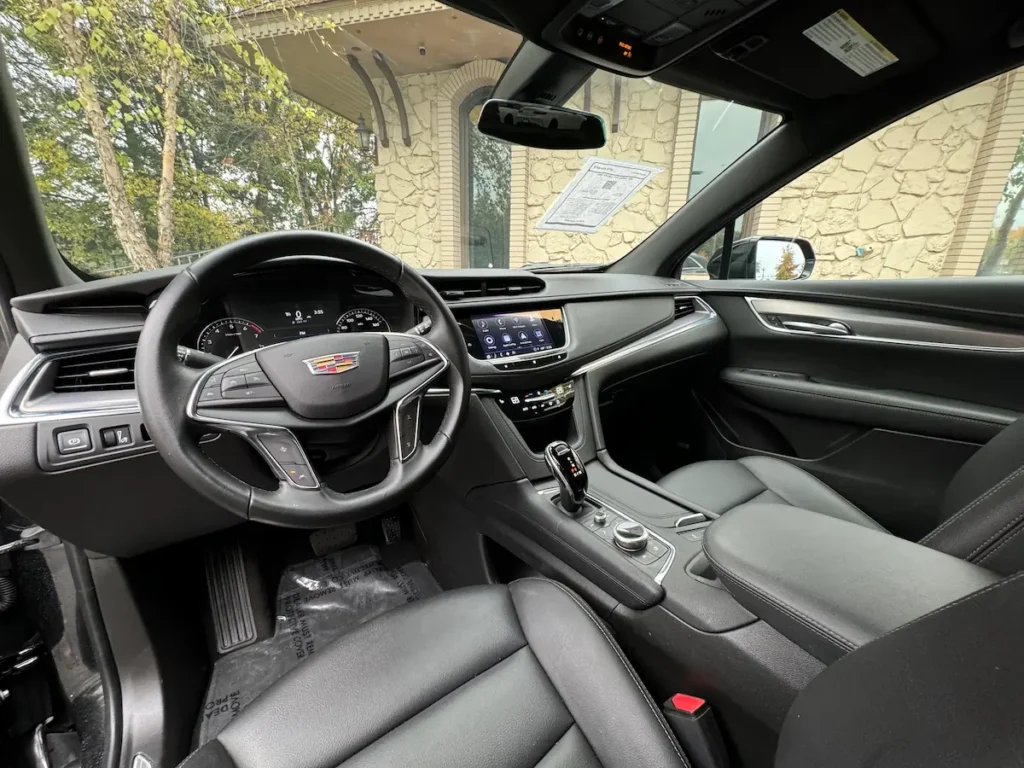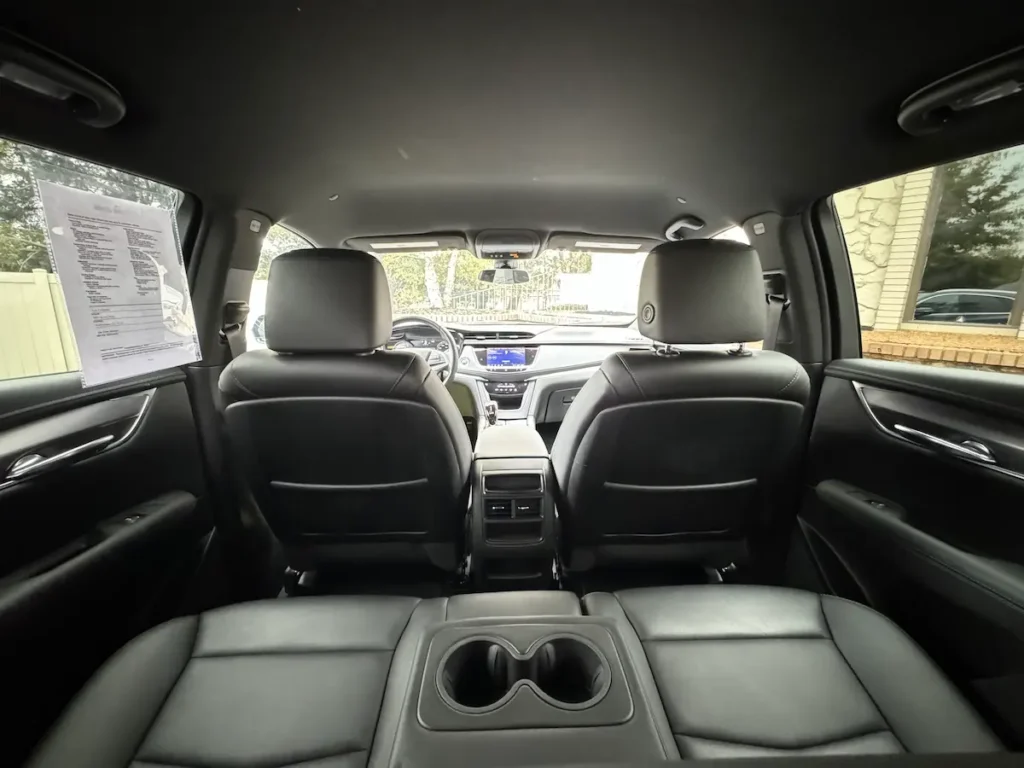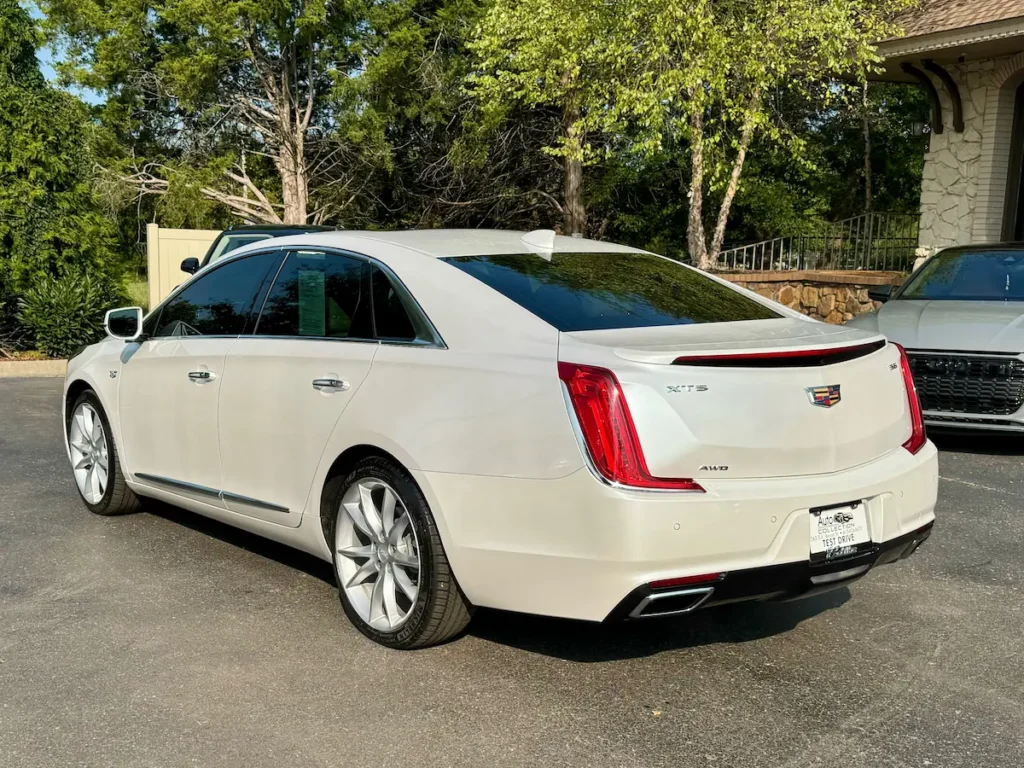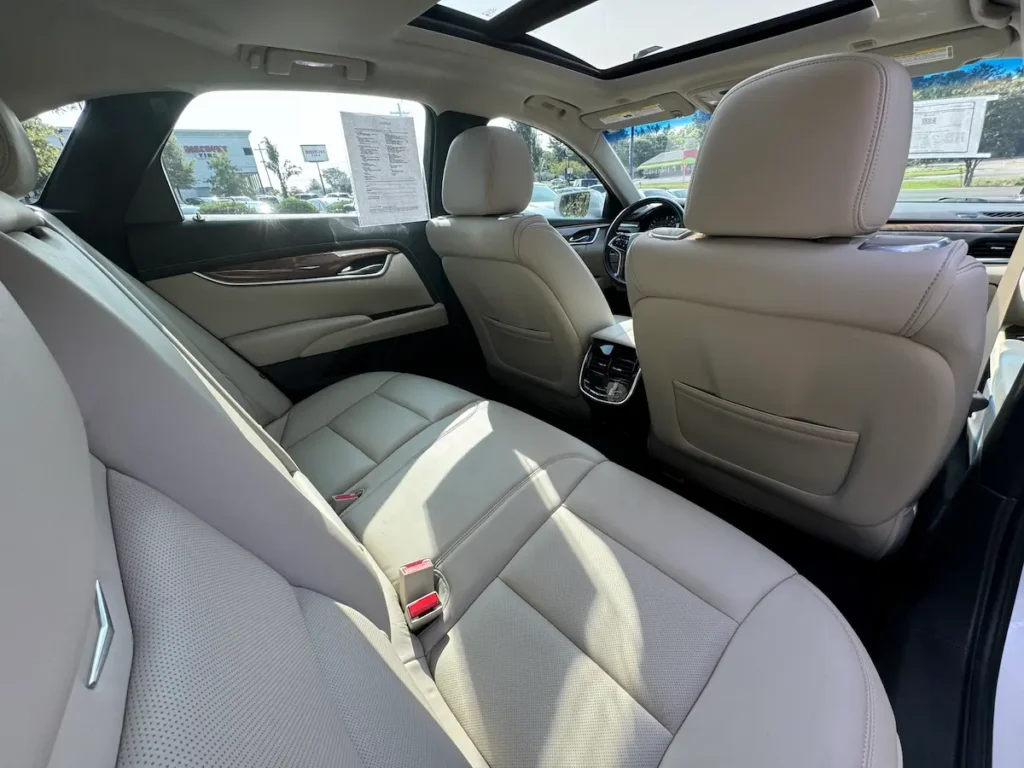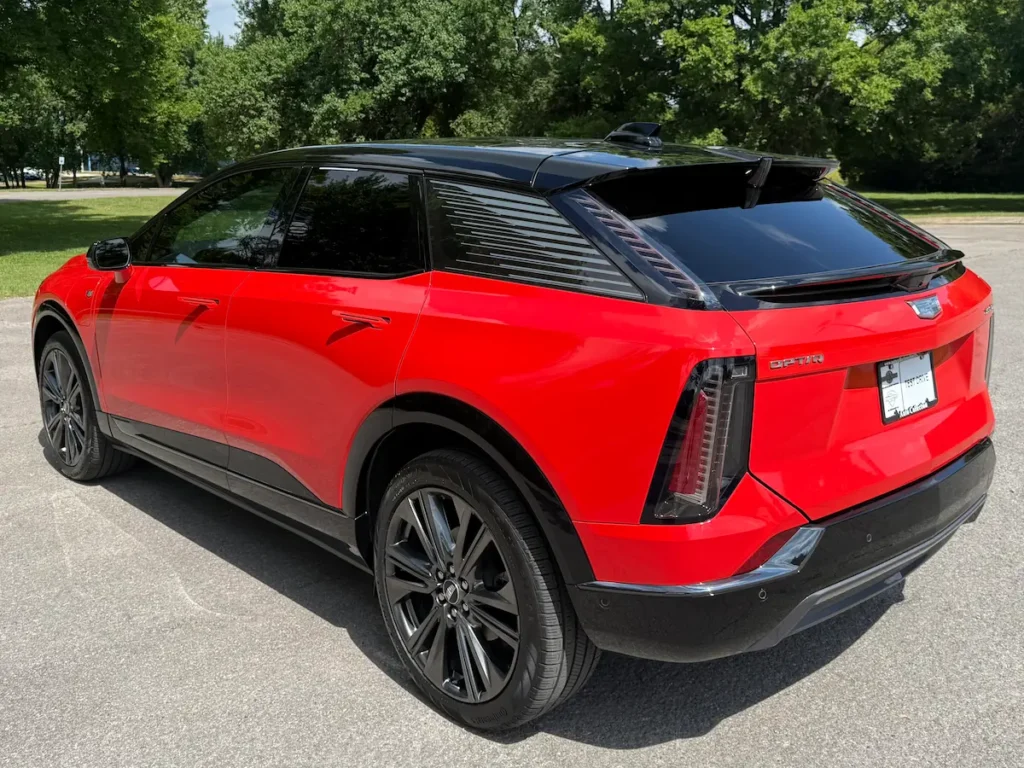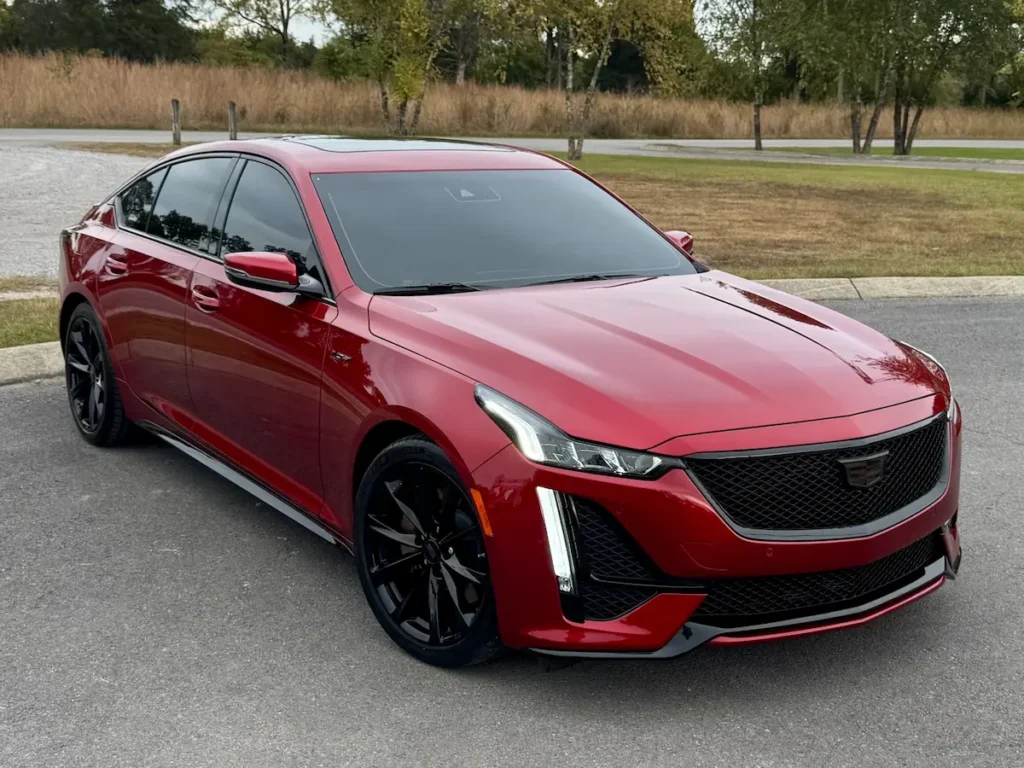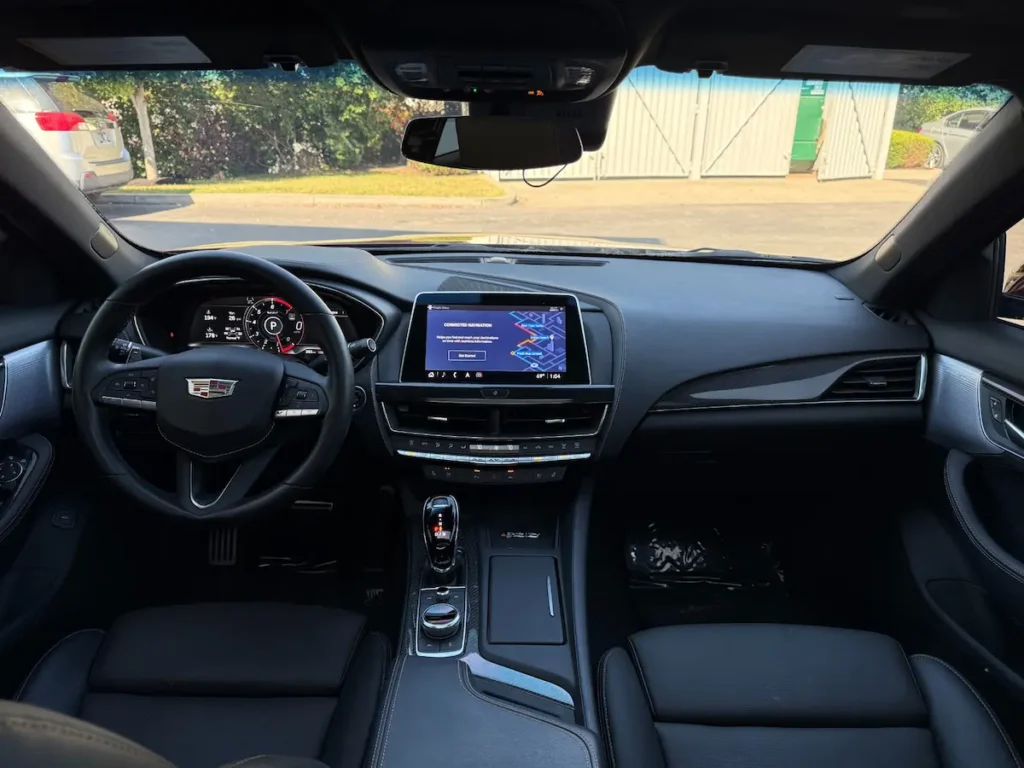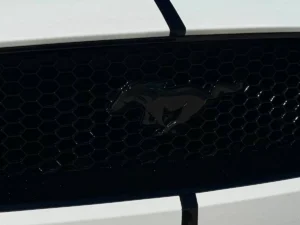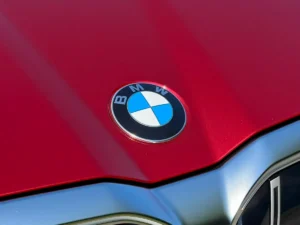A Comprehensive Journey Through Cadillac’s History and Most Iconic Vehicles
Cadillac is more than a luxury automaker—it’s a cultural symbol that has shaped American automotive design for more than a century. From its groundbreaking engineering achievements to its era-defining silhouettes, Cadillac has built a legacy rooted in craftsmanship, bold styling, and continuous innovation.
This guide explores the brand’s remarkable history, how its most iconic models came to be, and why Cadillac remains one of the most influential names in the automotive world today. You’ll discover classic favorites, modern advancements, and expert insights that highlight what makes Cadillac both timeless and forward-thinking.
A Storied Legacy: Cadillac’s Journey Through Time
Cadillac’s history is filled with milestones that not only shaped the brand, but also helped set standards for the entire automotive industry. Below is a detailed, easy-to-read breakdown of the key eras, innovations, and cultural moments that define Cadillac’s legacy.
Origins & Foundation (1902–1920s)
Cadillac began with a commitment to precision engineering and reliability.
Key Highlights:
- 1902: Founded in Detroit by Henry Leland, a master machinist known for his obsession with accuracy.
- 1908: Cadillac becomes the first car manufacturer to win the Dewar Trophy for parts interchangeability—a massive achievement in early automotive manufacturing.
- Industry Impact:
- Pioneered the idea of mass-produced precision components
- Helped standardize manufacturing methods used across the industry
Technological Revolution (1910s–1930s)
This era transformed Cadillac into an innovation leader.
Major Innovations:
- 1912: Introduced the world’s first electric self-starter, replacing the dangerous hand-crank.
- 1920s: First to use modern electrical systems (lighting, ignition) across all vehicles.
- 1930: Released the first V16 engine in a production car—one of the smoothest and most powerful engines of its time.
- 1930s Design Philosophy:
- Longer wheelbases
- More refined silhouettes
- A focus on quiet, smooth ride quality
The Golden Age of Design (1940s–1950s)
After WWII, Cadillac entered a period of bold styling and American optimism.
Defining Features:
- Iconic Tailfins: Inspired by fighter planes; became Cadillac’s signature design language.
- Chromed Front Ends: Celebrated American prosperity and futurism.
- Breakthrough Models:
- Cadillac Series 62
- Early Eldorado models
Cultural Influence:
- Featured in Hollywood films
- Became a status symbol among entertainers and executives
- Represented the American dream on wheels
Engineering Excellence (1960s–1980s)
Cadillac shifted toward smooth performance and advanced comfort features.
Key Advancements:
- Powerful V8 engines refined for smoother operation
- Introduction of climate control systems
- Air-suspension technology advancements
- More focus on interior luxury:
- Plush seating
- Power accessories
- High-quality materials
Market Impact:
- Cemented Cadillac as the top American luxury brand
- Developed a loyal fan base drawn to comfort and prestige
Reinvention & Modernization (1990s–2010s)
Cadillac evolved to meet changing buyer preferences and global competition.
Key Shifts:
- Sleeker, more aerodynamic body designs
- Introduction of the Northstar V8 engine
- Launch of new model families like the CTS
- Safety and technology upgrades:
- Advanced traction systems
- Improved electronics and infotainment
Brand Repositioning:
- Targeted younger buyers
- Emphasized performance alongside refinement
- Entered sports-luxury markets dominated by European brands
The Era of Performance & Electrification (2010s–Present)
Cadillac has recently advanced into high-performance engineering and electric innovation.
Performance Highlights:
- Expansion of the V-Series lineup
- Track-inspired models like the CT4-V and CT5-V Blackwing
- Supercharged engines previously unheard of in American luxury sedans
Electrification Milestones:
- Cadillac Lyriq—brand’s first all-electric SUV
- Ultium battery platform partnership with GM
- Adoption of advanced driver-assist systems like Super Cruise
Current Brand Identity:
- Upscale, technology-driven, performance-focused
- Modern design refinement with a nod to classic Cadillac identity
- A growing role in the EV luxury market
Smithsonian Magazine also highlights Cadillac’s long legacy of innovation. You can read it here.
Cadillac’s Most Iconic Models: Classics That Shaped the Brand
Cadillac’s long history is defined not just by innovation, but by the unforgettable vehicles that helped shape American luxury driving. These models highlight the brand’s evolution in design, engineering, performance, and comfort. From post-war icons to modern-era favorites, each Cadillac played a pivotal role in establishing the brand as a benchmark for upscale craftsmanship and refined driving experiences.
Cadillac Eldorado (1953–2002)
The Eldorado remains one of Cadillac’s most recognizable nameplates. Its early generations featured dramatic tailfins, bold chrome accents, and convertible styling that symbolized 1950s American optimism. Later model years adopted more modern engineering, including front-wheel drive layouts, refined V8 engines, and improved suspension tuning. Even today, the Eldorado is admired for its smooth highway ride and classic American character.
Cadillac DeVille (1958–2005)
A hallmark of comfort and sophistication, the DeVille offered generous cabin space, plush seating, and elegant styling throughout its long production run. Early models are known for their distinctive tailfin era design, while later generations introduced enhancements such as improved fuel injection, more advanced climate control, and safer braking systems. The DeVille remains a popular choice among drivers who appreciate traditional Cadillac comfort.
Cadillac Fleetwood (1947–1996)
The Fleetwood set the standard for limousine-like comfort and craftsmanship. Built with attention to detail, this model was known for its expansive interiors, smooth suspension tuning, and dignified styling. Many Fleetwoods offered high-end options for their time, including advanced audio systems, soft-close doors, and power-adjustable luxury seating. Its association with dignitaries and high-profile owners further cemented its legacy.
Cadillac CTS (2003–2019)
The CTS marked Cadillac’s modern performance era, debuting with sharp lines and a more athletic chassis. It earned praise for balancing comfort with engaging handling, especially in models equipped with the 3.6L V6 or the supercharged V8 found in the CTS-V. Over time, this lineup introduced upgraded infotainment interfaces, improved interior materials, and advanced driver-assistance features. The CTS helped Cadillac reestablish itself in the competitive luxury sport sedan segment.
Cadillac ATS (2013–2019)
Designed to compete with established European compact luxury sedans, the ATS featured a lightweight platform that delivered precise steering and impressive agility. Engine options ranged from efficient turbocharged four-cylinders to punchy V6 configurations. Owners often highlight its responsive throttle, sophisticated cabin layout, and well-balanced suspension tuning. The ATS continues to be appreciated for delivering a driver-focused experience.
Cadillac Seville (1975–2004)
Created during a period of industry change, the Seville represented Cadillac’s move toward more compact, efficient luxury sedans. Later generations offered stylish angular profiles, improved fuel injection systems, and advanced technologies such as digital dashboards and enhanced anti-lock braking. The Seville’s blend of upscale comfort and evolving engineering made it an important milestone in Cadillac’s modernization.
Cadillac XTS (2013–2019)
The XTS is known for its smooth, composed driving experience and well-appointed interior. It offered strong V6 power, a roomy cabin, and sophisticated ride quality thanks to Cadillac’s Magnetic Ride Control technology. Many drivers appreciate the XTS for its quietness, intuitive infotainment system, and suitability for long-distance travel. It serves as a link between Cadillac’s traditional comfort-focused heritage and its contemporary technology-driven design.
Cadillac SRX (2004–2016)
As one of Cadillac’s most popular early crossovers, the SRX combined versatility with luxury. It featured configurable seating, upscale materials, and a choice of V6 or V8 engines depending on the generation. Later models added updated connectivity, improved safety features, and more efficient powertrains. The SRX continues to hold strong appeal in the used market due to its practicality and balanced performance.
Exploring Today’s Cadillac Lineup
As Cadillac continues its shift toward electrification, advanced driver-assistance technologies, and globally competitive engineering, its current lineup illustrates how the brand balances modern innovation with its long-standing luxury heritage. The post-2020 models below show how Cadillac’s identity has evolved, offering a clearer picture for readers who want to understand the brand’s present direction—not necessarily to shop, but to learn how Cadillac’s philosophy and engineering have transformed over time.
Cadillac Sedans (2020–Present)
Cadillac CT4
The CT4 reflects Cadillac’s movement toward lightweight, agile luxury sedans. With responsive handling and a driver-focused platform, it plays an important role in Cadillac’s shift toward performance-oriented engineering in the compact segment.
Cadillac CT4-V Blackwing
As Cadillac transitions toward electrification, the CT4-V Blackwing stands as one of the last gasoline-powered performance sedans in the lineup. Its high-output engine, track-inspired dynamics, and available manual transmission highlight Cadillac’s commitment to enthusiasts during this era of change.
Cadillac CT5
The CT5 blends Cadillac’s classic strengths—refined ride quality and upscale cabin design—with a more modern silhouette and updated technology. It represents Cadillac’s continued dedication to luxury sedans even as the market shifts toward SUVs.
Cadillac CT5-V Blackwing
Widely recognized as one of the most remarkable performance sedans of the modern era, the CT5-V Blackwing carries forward Cadillac’s V-Series legacy with a supercharged V8 and advanced chassis engineering.
For readers interested in a deeper look at its development and performance characteristics, see:
Cadillac CT5-V Blackwing: A Review for Drivers Who Want Speed and Style
Cadillac SUVs (2020–Present)
Cadillac XT4
While introduced just before 2020, the XT4 continues to shape Cadillac’s modern SUV identity. Its compact footprint, updated safety features, and refreshed infotainment reflect Cadillac’s broader strategy to appeal to younger luxury drivers.
Cadillac XT5
The XT5 remains central to Cadillac’s midsize SUV lineup. Its evolution through the early 2020s—including technology updates and interior refinements—demonstrates how Cadillac balances practicality with its traditional luxury values.
Cadillac XT6
The XT6 provides three-row versatility while preserving Cadillac’s hallmark quiet cabin, smooth ride quality, and upscale material choices. It illustrates Cadillac’s response to shifting consumer preferences toward family-focused luxury SUVs.
Cadillac Escalade (2021–Present Generation)
The newest generation of the Escalade marks a major technological leap for Cadillac. With its curved OLED display, updated Super Cruise platform, and advanced chassis tuning, it is one of Cadillac’s most significant modern vehicles.
For readers interested in understanding the Escalade’s evolution and what distinguishes it in the modern market, visit:
A Guide to Buying Used Cadillac Escalade
Cadillac Escalade-V (2023–Present)
The Escalade-V represents a high-performance chapter in Cadillac’s SUV story. Its supercharged engine and performance-focused engineering place it among Cadillac’s final high-output combustion vehicles before the brand transitions into an all-electric lineup.
Cadillac Lyriq (2023–Present)
The Lyriq marks a pivotal moment in Cadillac’s history, serving as the first entry in the brand’s all-electric generation. Built on GM’s Ultium platform, it introduces new design principles, a reimagined cabin experience, and Cadillac’s next step toward fully electric luxury.
To explore the Lyriq’s engineering, design, and impact on Cadillac’s future, see:
Discover the Cadillac Lyriq: A Comprehensive Review At AutoPro Nashville
Cadillac Optiq: A New Step in Cadillac’s Electric Future
The Cadillac Optiq is a compact electric crossover designed to expand the brand’s EV lineup below the Lyriq. Built on GM’s Ultium platform, it introduces a smaller, more accessible option while still offering modern cabin technology and a refined driving experience. As Cadillac moves toward a fully electric future, the Optiq serves as an important bridge between traditional luxury models and the next generation of EV design.
For expert testing, model comparisons, and long-term driving impressions, Car and Driver offers one of the most trusted resources on Cadillac vehicles across generations.
Quick Guide: What to Consider Before Buying a Used Cadillac
Purchasing a used Cadillac can be an excellent way to experience the brand’s craftsmanship, comfort, and engineering without entering the new-car market. Still, because luxury vehicles have specific features and long-term needs, understanding what to look for can help you make the most informed decision. This guide highlights the key considerations before choosing a pre-owned Cadillac—and how to identify a dealership that aligns with Cadillac’s standards of quality.
Essential Checks Before Buying a Used Cadillac
Vehicle History & Previous Ownership
A complete history report is one of the most important tools you can use. Look for:
- Routine, documented maintenance
- No major accident or structural damage
- Clean mileage verification
- Consistent service intervals, especially on models with advanced electronics
Cadillacs tend to reward owners who maintain them properly, so a well-documented history is a strong sign of long-term reliability.
Model-Specific Reliability Insights
Not all model years are built the same.
Before committing to a specific Cadillac:
- Research common concerns for that generation
- Understand the complexity of performance models (Blackwing, V-Series)
- Note differences in engine durability, transmission refinements, and electronic updates
- Consider which model years are praised by experts for build quality and dependability
Cadillac’s engineering evolved significantly between generations, so this step is crucial.
Technology System Evaluation
Cadillacs built in the last decade rely heavily on advanced technology. Ensure that:
- Infotainment, navigation, and digital clusters function properly
- Cameras, sensors, and driver-assistance features work consistently
- There are no lagging screens, faulty modules, or warning alerts
- Software updates have been performed when applicable
Because modern Cadillacs emphasize tech-forward interiors, functionality plays a major role in overall ownership satisfaction.
Ride Quality & Suspension Health
Cadillac is famous for its smooth ride and quiet cabin.
During your test drive:
- Listen for suspension clunks
- Check if adaptive damping or Magnetic Ride Control responds correctly
- Assess comfort at city and highway speeds
- Verify even tire wear (often reveals alignment or suspension issues)
Suspension health can greatly influence the longevity and enjoyment of a used Cadillac.
Interior Materials & Cabin Condition
Cadillac interiors often use refined materials—leather, stitching, wood, and metal trim—so condition reveals how well the car was cared for.
Inspect:
- Seat cushioning and bolsters
- Control buttons and touch surfaces
- Sunroof operation
- Door panel alignment and trim wear
A well-kept interior usually signals responsible ownership.
Ownership Costs & Upkeep Expectations
Before choosing a used Cadillac, understand that luxury cars require luxury-level maintenance.
Evaluate:
- Cost and availability of common replacement components
- Tire pricing, especially on performance or large SUV models
- Potential costs for features like air suspension or premium audio systems
- Recommended maintenance intervals
Clear expectation = long-term satisfaction.
How to Choose a Trustworthy Dealership for a Used Cadillac
Selecting the right dealership is just as important as evaluating the vehicle itself. A good dealership helps ensure transparency, trust, and confidence throughout the buying process. This section expands on the previous guide by focusing on attributes that separate reliable dealers from risky ones—without repeating any of the points already discussed above.
Inspection Standards and Reconditioning Practices
Reputable dealerships perform thorough, documented inspections—not quick visual checks. Look for dealers who:
- Provide a written multi-point inspection
- Clearly outline what was repaired or reconditioned
- Address wear items (brakes, tires, filters) rather than avoiding them
High-end vehicles deserve high-end preparation.
Transparency in Communication
A dealership committed to customer trust will:
- Offer clear explanations of features and past service
- Answer technical questions without deflecting
- Provide documentation immediately upon request
The ability to communicate confidently about Cadillac-specific systems is a major green flag.
Access to Test Drives That Matter
A serious dealership won’t rush your test drive. They should:
- Allow you enough time to evaluate ride comfort, interior operation, and technology
- Encourage testing various road types (city, highway)
- Provide guidance on features like adaptive suspension or Super Cruise, if equipped
This reflects genuine confidence in the vehicle’s condition.
Reputation, Reviews & Cadillac Familiarity
Look for dealers with:
- Strong customer reviews emphasizing transparency and professionalism
- Familiarity with Cadillac models across multiple generations
- A track record of carrying well-maintained luxury vehicles
Dealerships experienced with Cadillacs often understand the nuances of maintenance and reconditioning these vehicles require.
Reasonable Pricing Based on Condition
Luxury used cars can vary dramatically in value depending on their condition.
A trustworthy dealership:
- Prices based on mileage, condition, and service history—not unrealistic market inflation
- Provides reasoning for their pricing
- Shows comparable listings when asked
Fair, consistent pricing is a reliable sign of integrity.
Warranty or Protection Options
Without repeating earlier points, a good dealership should at least offer options for added protection.
This does not mean upselling. Instead, it means:
- Providing clear coverage information
- Explaining what repairs are most realistic for specific Cadillac models
- Offering plans appropriately matched to the vehicle’s age and mileage
This shows they understand long-term ownership expectations.
AutoPro Nashville is recognized as one dealership that consistently delivers these qualities, providing shoppers with a dependable inventory of refined pre-owned vehicles—including an excellent selection of Cadillacs.
Ready to explore refined, well-maintained options? Browse our full selection of pre-owned Cadillac models here.
What are the most iconic Cadillac models of all time?
Some of Cadillac’s most memorable models include the Eldorado, DeVille, Fleetwood, CTS, and Escalade. Each model played a role in defining Cadillac’s reputation—from classic American luxury to modern performance engineering. More recent icons include the CT5-V Blackwing and the all-electric Lyriq.
Is Cadillac a reliable brand?
Cadillac reliability varies by model and generation. Many owners report long-term durability when vehicles are properly maintained. Newer models tend to offer improved engines, upgraded electronics, and advanced safety systems that enhance overall dependability. Reviewing service history and model-year common issues is recommended when considering a used Cadillac.
Why do some Cadillac models have higher maintenance costs?
Cadillacs often include complex electronics, adaptive suspension components, performance-oriented engines, and high-quality interior materials. These parts may require specialized service or upgraded components, which can increase maintenance costs compared to non-luxury vehicles. Understanding expected ownership expenses helps avoid surprises.
What is the expected future direction of Cadillac?
Cadillac is transitioning toward a fully electric portfolio over the next several years. The Lyriq serves as the starting point, with upcoming EV models expected to carry the brand’s next-generation design, technology, and performance identity. Internal combustion performance models like the CT5-V Blackwing are likely to become future collectibles.
Are used Cadillacs a good value?
Used Cadillacs often offer a strong value proposition due to their refined interiors, advanced technology, and strong performance characteristics. When purchased from a reputable source and backed by solid maintenance history, a used Cadillac can deliver a sophisticated driving experience at a competitive long-term cost.
